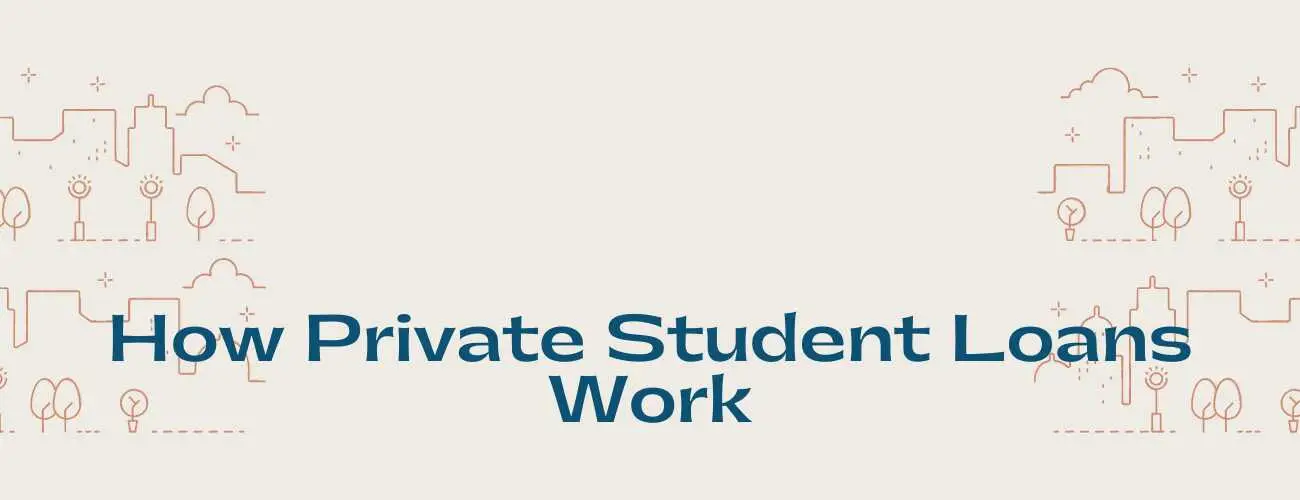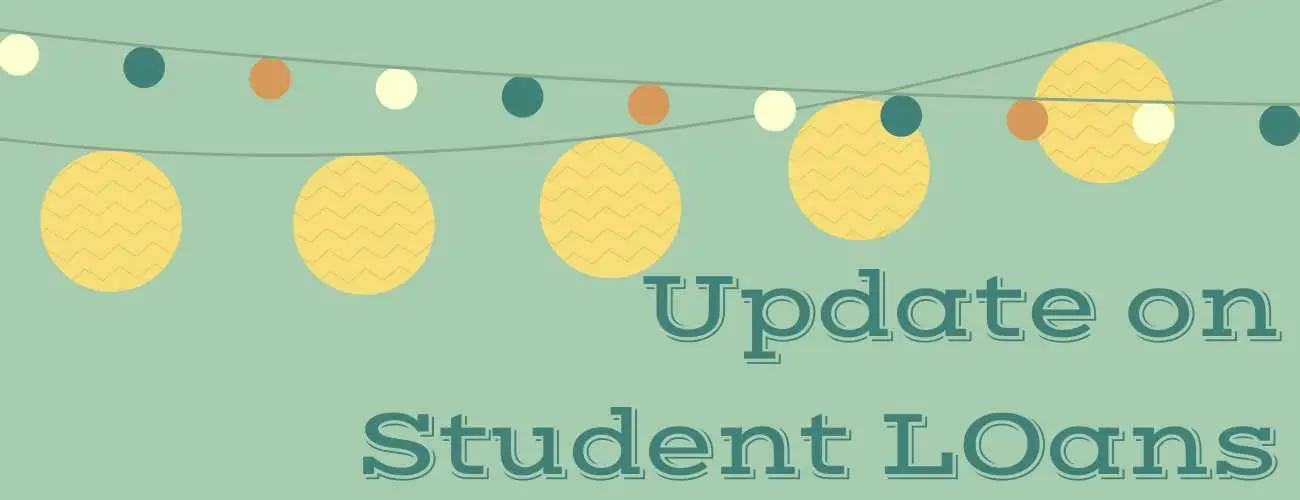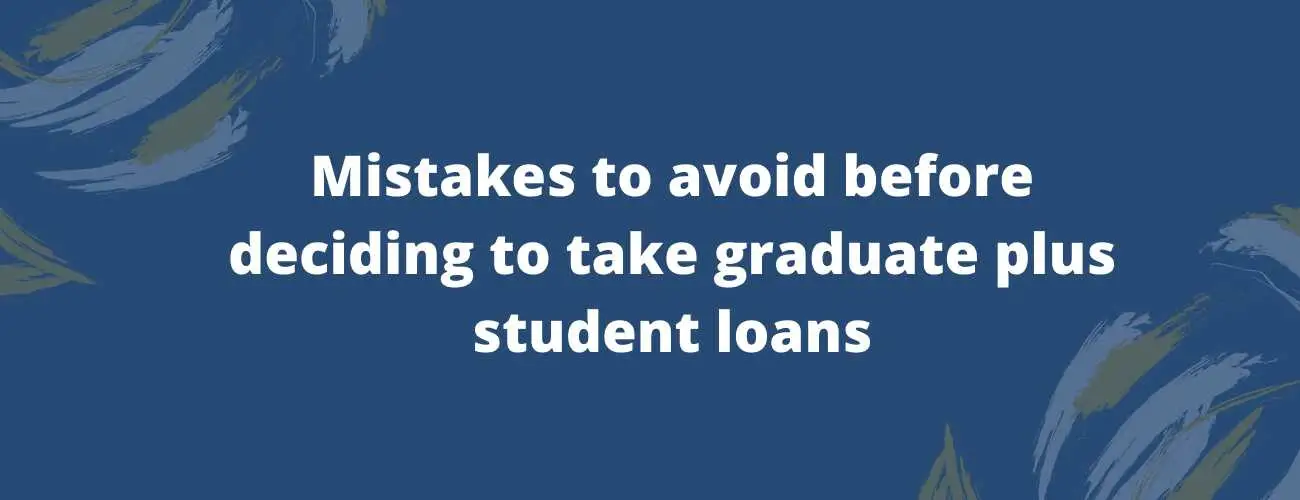Buying A House With Student Loans [Explained]
Looking to buy a house but have a large burden of debt because of student loans ? Don't sweat it , you can still buy a home. Learn more on the ratios which will be considered during home buying and other factors you need to look out for when you have student loans.
Updated by Jason Joy Manoj on 8th November 2019
Buying a house is a milestone in one’s life but according to a survey conducted by Bankrate about 61% of Millenials don’t still own a home. The main reason for this is suggested to be student loans. Are student loans a major factor that hinders someone from getting a home ? Or can someone with student loans still go ahead and buy a house.
From the data released by the federal reserve, about 43% of graduates have student loan debt. It’s hard to make a huge investment when you have monthly payments to be made.
Let us learn more about the process of getting a mortgage and how big of a role student loans play in it.
Table of contents
- Student loans and the mortgage process
- Ratios in consideration
- Other factors to consider
- Buy a house with student loan debt
Student loans and the mortgage process
A student loan cannot be the only factor that can prevent you from qualifying for a mortgage. It should be noted that your debt to income ratio plays a major role here for approval. The effect your student loans have with your debt to income ratio is what you need to watch out for.
A lender will first look at a prospective borrower’s front end and back end ratios, credit history, assets and the size of the down payment available. The back end ratio will contain all the monthly debt payments. This will include student loan payments, car payments, credit cards, and personal loan payments.
Large monthly student loan payments
If you are looking for a mortgage but already have a large monthly student loan payments to be made but no other debt. With the consideration of a reasonably priced home, you should be on the clear while applying for a home loan.
Keep a check on your debt to income ratio, if the current debts are higher and the debt to income ratio is past the lenders limit then the student loans will prevent you from qualifying.
Ratios in consideration for homebuyers with student loans
When a potential buyer has student loans the following ratios play a major role in deciding the amount given as a mortgage loan. The ratios are front end and back end debt to income ratio. Let us look at them in detail :
Front end ratio
This ratio is commonly known as the housing ratio. It is calculated by dividing the projected monthly mortgage payments by the gross monthly income. It should be noted that this income is before taxes.
This projected mortgage payment includes the principal, taxes, insurance, and interest payments. This is collectively known as a PITI ( pronounced like the word pity).
Here is an example to help you understand the calculation that goes into getting a borrower’s front end ratio -
Consider a situation where you earn $50,000 which is $4,166 per month your PITI will come up to around $1,200 per month. Then the front end ratio is calculated by dividing your PITI by the monthly gross income - $1,200/$4,166 = 0.29 or 29%.
According to the Federal Housing Administration (FHA) loans, a front end ratio of 31% will be allowed as of 2018. The terms and limits of the loans are set by the lender. The front end ratio requirements will vary from lender to lender, usually, a 28% front end ratio is expected.
Back end ratio
This ratio takes into account all of the borrower’s debt obligations in comparison to the income earned by the borrower. In order to calculate this ratio, you will have to add your monthly debt payments and divide that amount by the monthly income.
The debt payments to be made will include the PITI on the borrower’s child support, mortgage, credit card minimum payments and also student loans.
Here is an example to help you understand the calculation that goes into getting a borrower’s back end ratio -
Assume that a borrower earns $50,000 or $4,166 per month and with a PITI of $1,200 per month. Let us also assume that the borrower has a small credit card balance with a $50 per month minimum payment. And a student loan payment to be made of $375 per month as a minimum payment.
The total monthly debt payments come to $1,625 so the ratio will be got by dividing the total debt payments by the gross monthly income: $1,625/$4,166 = 0.39 or 39%
It should be noted that most conventional lenders prefer to see a back end ratio under 36%. But if you have taken out an FHA loan then you can hold a back end ratio of up to 43%.
So based on the above example, the borrower will be able to qualify for an FHA loan but the chances for qualifying for a conventional loan are lower. This illustrates how student loans can interfere with you getting qualified for a mortgage. Here are certain alternatives you can consider if you find yourself in this situation -
-
Look for a less expensive house with a lower PITI
-
Try and wipe out loans with small balances to help improve your ratio. For example, trying clearing out your credit card loan balance
-
Look out for lenders who will allow you to hold a back end ratio of as high as 50%. Again this is not common among the lenders out there. Hence if you have good credit it will work to your advantage.
Other factors to consider while getting a mortgage with student loans
Although the front end and back end ratio is a huge consideration here are some other factors a borrower should consider while getting a mortgage with student loans -
1) Employment history - while getting certified for a loan certain lenders look at a person’s employment history. Income numbers submitted will not be accepted unless the borrower has at least two years of employment history, preferably in the same industry.
If you are straight out of college you should consider getting a steady job for a year or two and then apply for a mortgage.
2) Income - During the acceptance for a loan a borrower’s income plays a huge role. Take the debt to income ratio, it takes your debt and income as the two main factors (both for front end and back end). There have been reports stating that student loans don’t really play that much of a role in getting a mortgage. If the applicant for a mortgage has a bachelor’s degree or higher it will work to his/her advantage.
You might have loans hanging over your head but with a higher qualification, you can get a higher income. Although the focus is shifted on to the debt a borrower has, one must try and increase the earnings. On doing this you can improve the debt to income ratio.
3) Size of the down payment - As discussed earlier the PITI will increase if you borrow a lot more. The down payment can directly affect your front-end ratio. You try and save for your down payment then the loan process is less likely to be affected by your student loans.
Buy a house with student loan debt
Not something you would hear from your broker is it? Well here is what you need to do when you buy a house with student loan debt -
1) Take help from downpayment assistance programs - most of the lenders accept down payment assistance programs. They are available at a number of states and cities where you are allowed to use sweat equity in case you are looking to build a new home.
If you have federal student loans then you can advantage of the various federal student loan. This can help you qualify for an FHA loan, these loans have a downpayment of as little as 3.5%.
There are a number of programs one can take advantage of like in the case where someone wants to buy a house situated in a more rural area you can qualify for a USDA loan, this loan has a zero downpayment.
Or you could take advantage of VA loans which is available for those who served in the military.
It is important to be well aware of all the options available. You can seek professional help as well. To help you get an idea of the programs you can qualify for at the federal, state and local levels.
2) Apply for pre-approval and get a good understanding of your home buying power - When you apply for a pre-approval you can check the costs and down payments that you could potentially get. In order to get a fair understanding of what you qualify for, the lenders usually take into consideration a two-year employment history, credit history, income, and assets.
Once you have your pre-approval you can use it to check the homes you can afford. Seller’s will also take your case more seriously because a pre-approval is an indication that the bank is ready to commit to providing you with finance.
It is usually required to make a 20% downpayment on a home but there are chances of you putting down less money upfront. It should be noted that with a smaller down payment you will have to pay private mortgage insurance (PMI).
3) Decrease your debt to income ratio - when they ask for a lower debt to income ratio it is just to check a person’s ability to start making on-time payments.
When you buy a house with student loan debt you need to be well aware of the impact your current loans have to get new ones. A number of lenders follow the ‘28/36’ qualifying ratio to check a person’s ability to be eligible for the best rates. This means that a borrower should not spend more than 28% of your gross monthly income on total housing expenses. And 36% accounts for the total debt service.
4) Improve your credit score - a person’s credit score is the most important factor to decide whether to lend money or not. With student loan debt you can still maintain a good credit score. You can do this by paying your bills on time, managing your credit utilization, using different kinds of credit and much more.Getting a mortgage with student loans is not impossible, there are many other factors that go into it.
Be well aware of all the options out there and take the one which is best suited for your financial condition.
| Minumum Credit Score | Apply in as little as | Variable APR | Fixed APR | ||
|---|---|---|---|---|---|
 | Not Available | 15 minutes or less | 2.95 | 4.74 | View disclosures |
 | 620 | 2 minutes | 5.38%-16.99%1 | 4.43%-16.99%1 | View disclosures |
 | Not Available | 15 minutes | 1.13% - 11.23%¹ (with autopay) | 3.50% - 12.60%¹ (with autopay) | View disclosures |



93.jpg)


28.jpg)
